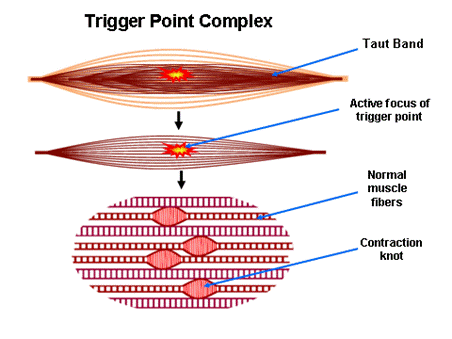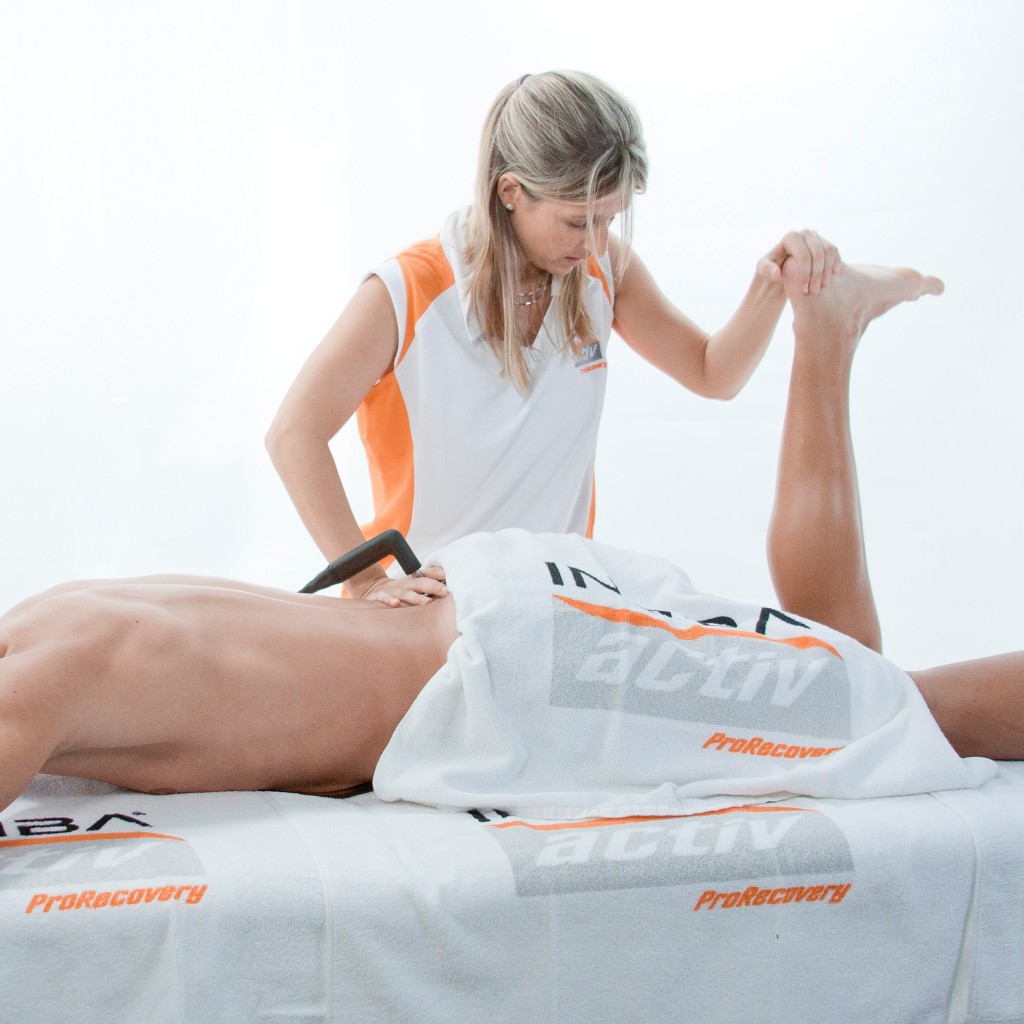nalco group
bone, muscle & joint pain physio
BOOK NOW / WHATSAPP ABOUT YOUR PAIN OR INJURY
- NOVENA 10 Sinaran Drive, Novena Medical Center #10-09, Singapore 307506
- TAMPINES 9 Tampines Grande #01-20 Singapore 528735
- SERANGOON 265 Serangoon Central Drive #04-269 Singapore 550265
Home > Blog > Physiotherapy > Deep Tissue Release > Trigger Point Myofascial Pain Physiotherapy
Trigger Point Myofascial Pain Physiotherapy

Physiotherapy defines myofascial pain, or trigger points, as very focused hyperirritability in muscles and fascia (a connective tissue) that when stimulated, can cause central nervous system modulation (ie lots of pain, and pain that can radiate/travel to nearby structures).
They
are characterized by pin-point tenderness, that can be widespread when
palpated.
types of trigger points
There are four (4) types of trigger points we manage in our physio clinics:
- Active Trigger Points – actively referring pain locally or to another location.
- Latent
Trigger Points – inactive trigger point that doesn’t yet refer pain,
but may be activated when triggered by certain stimuli.
- Key Trigger Points – the stimulating trigger point that activates other latent trigger points
- Satellite Trigger Points – the trigger point that is activated by the key trigger point
Note that treating the primary or key trigger points do not treat the secondary satellite ones, which must be treated separately.
Potential Causes Of Trigger Points
Physiotherapists, physiologists and researchers often debate and discuss the development or activation of trigger points and their causes. The factors that seem to cause/aggravate trigger points can be isolated to the following factors:
- muscle overloading
- activation by other trigger points
- disease
- psychological stress
- trauma
- imbalance in the human system
Trigger points occur and form only in the muscles and/or connective tissues such as fascia. They are a bundle of muscle fibers which can cause deep pain within muscles and joints when they pull the associated muscles. When our muscle fibers contract, it creates a byproduct of lactic acid, which the body will remove via natural circulation.
However in the case of a trigger point, the tightened muscle fibres contract and this constricts localized capillaries, effectively storing the lactic acid in the bundles itself.
When any trigger points become activated in the muscles, patients will very often experience both
- weakness and
- pain in the affected areas
and this pain patterns have a specific neural pathway, which can be traced easily.
However, because there are many trigger points that have pain patterns that overlap, the treatment of the trigger points often becomes very extensive (takes a number of sessions) to effectively treat and remove them.
Our physiotherapy clients often report a sense of general wellbeing after each session of trigger point management.
how to diagnose Trigger Points
Our senior physiotherapists diagnose trigger points using a two-point method:
- clinical interviews to identify signs
- physical examination of the signs, symptoms, pain patterns as well as using manual clinical palpations
An experienced senior physiotherapist can quickly and accurately detect the taut bands and nodules of trigger points within muscle fibers that causes a “all or nothing at all” twitch response – this is a primary sign. Pressing on the trigger point nodule directly will cause localized or referred pain.
Some larger muscles such as the back and gluteal muscles have multiple and larger trigger points.
Physiotherapy Treatment Of Myofascial Pain Trigger Points

- Myotherapy (deep pressure)
- Clinical massage therapy (including deep tissue release therapy)
- Ultrasound therapy and radio-frequency Indiba physiotherapy to accelerate muscle and soft tissue healing
- Mechanical oscillation and vibration
- Manual therapy
- Pulse Ultrasound
- Dry needling
- Ischemic compression
- Heat therapy
- Spray and stretch
- Stretching and flexibility program
Successful Physiotherapy Myofascial Pain Treatment Protocol

The key approach in physiotherapy trigger point myofascial treatment is
- identifying accurately the exact trigger points and
- treating all the active and key trigger points effectively
The muscles that contains inactive, latent ones need to be stretched and mobilized, as well as to mobilize the fascia of nearby structures.
The results of any manual therapy is directly related to the skill and experience level of the physiotherapist or hand therapist.
If trigger
points are pressed for too short time, they main be active still; if
they are pressed too hard or too long, the trigger points becomes
inflamed and bruised, causing escalated, worst and longer pain in the area.
